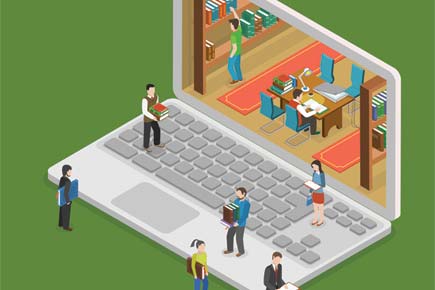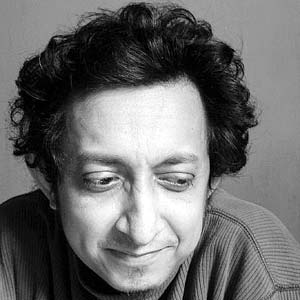As the British Library announces a digitisation project for South Asian texts from 1714 to 1914, a Kolkata university and Bengaluru design institute breathe new life to rare Bengali texts

Want to know how people in India dealt with malaria in the 1800s or take a look at a copy of the Indian Penal Code from that era? This depository of intrigue and a fantastic world of knowledge will now be just a click away on the Internet.

Earlier this month, the British Library, the national library of United Kingdom, announced the pilot project for this digitisation initiative – Two Centuries of Indian Print. The project will be supported by funding from the Arts and Humanities Research Council, a British research council, through the Newton Fund.

This pilot project is also the beginning of the process of sharing of Indian printed books dating from 1714 to 1914 held by the British Library. This collection spans over 20 languages of the region and is considered the most significant one outside the subcontinent.
Digital database
Abhijit Gupta, professor of English at Jadavpur University in Kolkata and one of the two partners of the project in India, informs that it all began in 2003 on a smaller scale.

Padmini Ray Murray, faculty, Srishti Institute of Art, Design and Technology
“As a part of an UGC (University Grants Council) project, I began compiling a short-title catalogue of Bengali books before 1867.” For this, he informs, the researchers went about in search of texts to different parts of Kolkata and physically checked titles from the period and wrote out full title-page transcriptions by hand.

Abhijit Gupta, professor at Jadavpur University in Kolkata
As the project entered the 19th century, the work increased exponentially. “Two decades after 1867 had twice as much text as from 1714 to 1867,” he shares. “Cookery, economics, medicine, erotica – there were all kinds of books. However, many of these, like erotica books, were considered of no value and hardly maintained,” he adds.
This project is also unique in its objective as it plans to create a locator for the text it will digitise. “It will be something like Google books. You type a word and it leads you to the destination. It will, of course, be very challenging,” he says.
“There have been other bibliographical projects in Bengali before, but none has been a location register that provides information about the location and physical state of the copies in the major libraries. This is also the first database to provide complete transcription of the title pages,” he shares.
Nur Sobers-Khan, lead curator of British Library for South Asia, shares, “For this phase of the project, we are focusing on early printed Bengali books that are unique to the British Library collections or not available in India, with the goal of making this material accessible freely online.”
These books, she informs, cover many topics, from language, history and religion to science, ethics, poetry and drama. “The most famous example of an early printed book that we will be digitising is Nathaniel Halhed’s Grammar of the Bengal Language, published in 1778, which is the first example of a printed Bengali grammar using Bengali characters,” she shares.
The interface challenge
Padmini Ray Murray, faculty at the Srishti Institute of Arts, Design and Technology, Bengaluru who is the other partner of the project in India, says the fund would enable them to digitise a lot of text but it will bring with it new challenges.
“The Bengali titles are a challenge to digitise due to the difficulties involved in character recognition of Bengali type characters from the eras we are covering. Also, the resulting resources will be free and accessible to users across the world.
So, designing the interface in an intuitive way that is easy to use, but also showcases this valuable resource in its fullest potential – and with an interface in at least two languages – will also be difficult, though fun,” she shares Sobers-Khan informs that in addition to the partnership with the School of Texts and Records at Jadavpur University and the Srishti Institute for Design and Technology in Bengaluru, the library is planning a series of workshops in collaboration with the National Mission for Libraries in India for the project.
“We would be delighted to partner with other institutions, and broaden the project beyond Bengali to include other languages. The aim, ultimately, is to digitise material across all the languages of South Asia.”
 Subscribe today by clicking the link and stay updated with the latest news!" Click here!
Subscribe today by clicking the link and stay updated with the latest news!" Click here!









